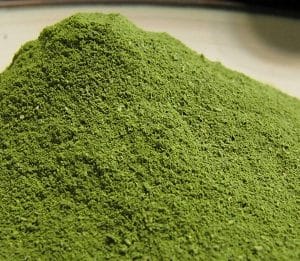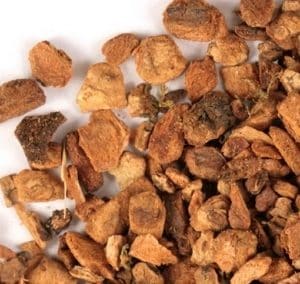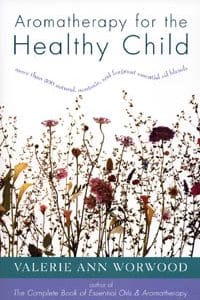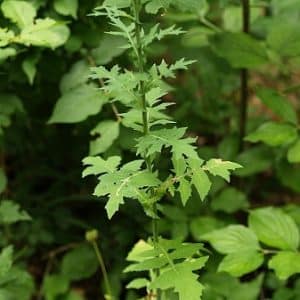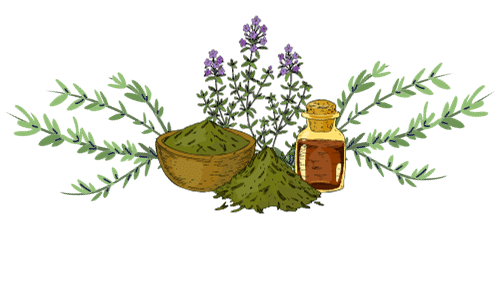Botanical Names
Common Names
Native to North America, the black cherry is a deciduous tree, growing to 100 feet having elliptical to oblong leaves, spikes of white flowers, and purple-black fruits. It is cultivated in central Europe for its lumber. The inner portion of the bark is a reddish colour and has an odour of bitter almonds. It is collected in late summer and early autumn. The berries are collected as food about the same time.
European settlers learned of the bark’s medicinal properties and made it a popular remedy in the 19th century.
The twigs, roots, and fruits of this plant have long been used by Native Americans to treat diarrhea, lung congestion, coughs, and colds. The Okanagan-Colville made a general tonic from the wild cherry branches and for many tribes. The cherries were a key ingredient in pemmican, a dried mixture of fruit, meat, and fat used during the winter months. The Blackfeet drank chokecherry juice for diarrhea and sore throat. They also made a tea from the inner bark and used it as a purge. Nursing mothers drank the tea to pass the medicinal effects onto their infants. Crows used the bark to cleanse sores and burns, but only certain tribal members had the authority to perform the medicinal applications not too different from today’s societal concepts. The Sioux chewed the dried roots and placed them on wounds to stop bleeding. The Mesquakies used a root bark tea as a sedative for stomach problems and as a rectal treatment for hemorrhoids. Many tribes chewed the bark to prevent scurvy. Cherokee women traditionally took the bark to ease labour pains. Other tribes used it to treat coughs and colds, hemorrhoids, and diarrhea.
In 1785, a Reverend Cutler reported that an infusion of the black cherry bark was successfully used to treat jaundice.
In an 1830 publication entitled Medical Flora or Manual of Medical Botany of the United States, Constantine Rafinesque stated in volume two that both the chokecherry and the wild black cherry were medicinally active. Both were listed in the US Pharmacopoeia from 1820 to 1970. Although they are distinct species, they were listed as synonymous in some editions. It is still currently listed as a pharmaceutical aid, a flavouring agent.
Key Actions
Key Components
